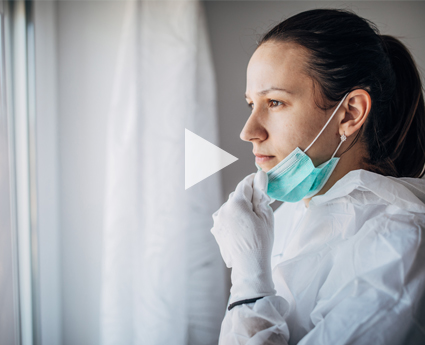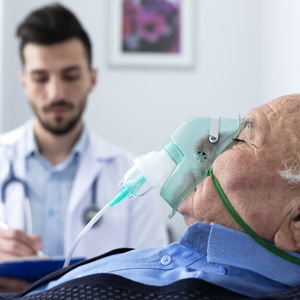Questions from “Aging Services and COVID-19: Clinical and Legal Perspectives”
What has been your approach to education to ensure that staff and residents are safe?
We have been offering daily education on a variety of COVID-19 topics and questions/concerns, PPE donning and doffing education and auditing. While we would love to hold traditional inservices with a group of people, we have had to do mostly “one on one” education and handouts of information. We have also done some education over the phone with staff
How are you communicating change in conditions to families during this time when they are not seeing their loved ones on a consistent basis?
We keep communication lines open, each resident has a staff member as a Buddy who coordinates needs, including window visits and Facetime calls. Our doctors have held Zoom appointments with the families to discuss changes and treatment options
Are there best practices for planning how families can visit?
As of today we are encouraging lots of Facetime calls and window visits with cell phones
As states begin to re-open, what should facilities focus on to decrease potential liability risks?
Facilities should focus on the following to decrease potential liability risk:
-
- Proper use of PPE and discourage associates from taking selfies while donned in PPE within the facility. Photos taken with improper PPE use, or violating social distancing, can and are already being used against facilities in litigation.
- Stagger the breaks of the care team to promote social distancing
- Ensure Donning and Doffing of PPE is performed properly. Gowns should be removed INSIDE the resident’s room to reduce the aerosolization of the virus in common hallways. The CDC and other sites offer excellent handouts and signage to help remind staff. These prompts will assist your health care team in the event of a State Survey https://www.cdc.gov/coronavirus/2019-ncov/hcp/using-ppe.html
- Maintain all Visitor Logs, any video surveillance footage of the front entry area to track visitors and perhaps even help prove the “screenings” at the entrance doors were being conducted
- Ask employees to avoid working at multiple facilities to decrease the risk of cross contamination between buildings
- Document all efforts to obtain resources, comply with CDC and CMS recommendation and manage expectations of residents and families regarding COVID-19
I’m in a state that has an immunity order… does that mean they have a lower standard of care for their patients – or that the legal expectations are not as high for them?
While each state with Executive Orders or statutes providing pandemic emergency immunity are different, the regulations, orders and statutes will serve as evidence of how the standard of care will be defined but will not be a “lower” standard of care. Standards of care also vary from state to state with some recognizing a national standards as other recognizing community standards. Health care providers must exercise their best judgment under the circumstances, conditions and with the resources available. The immunity protections take into account the unprecedented conditions encountered by the healthcare providers.











